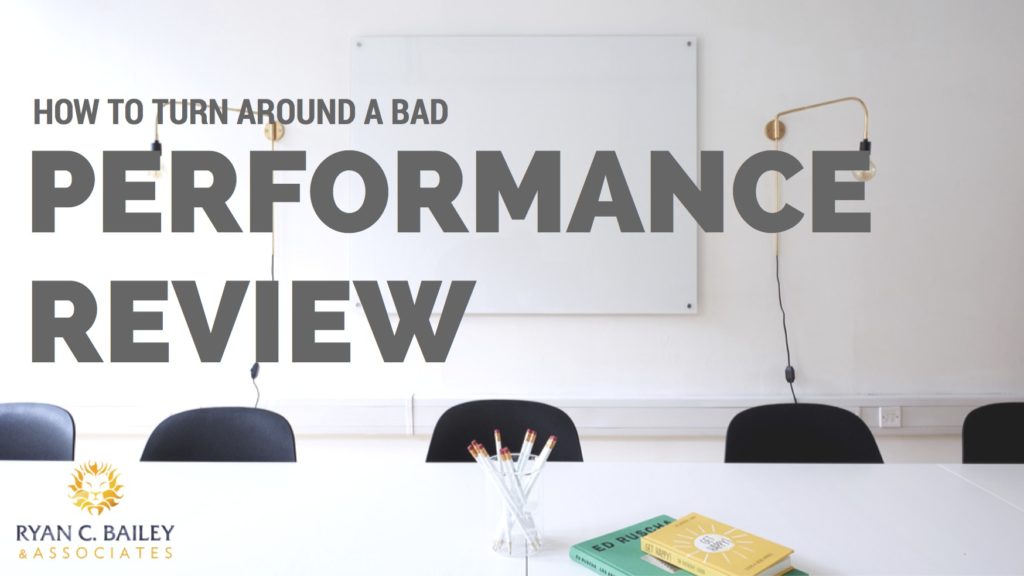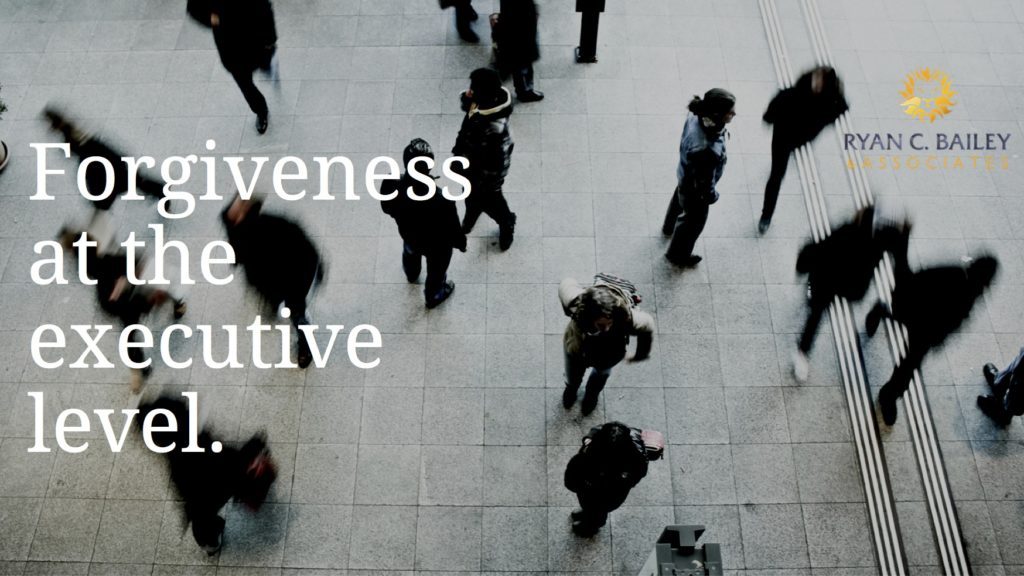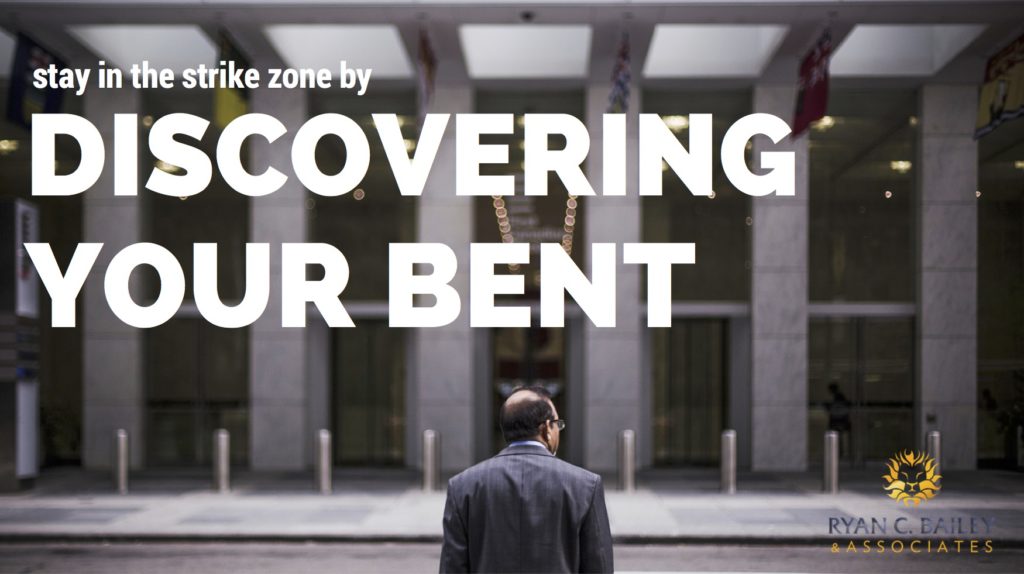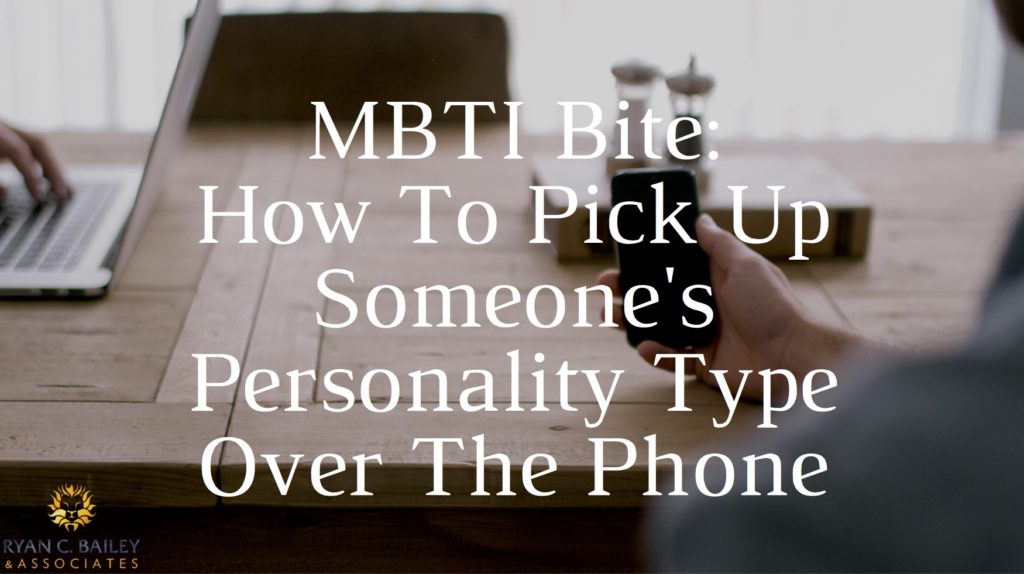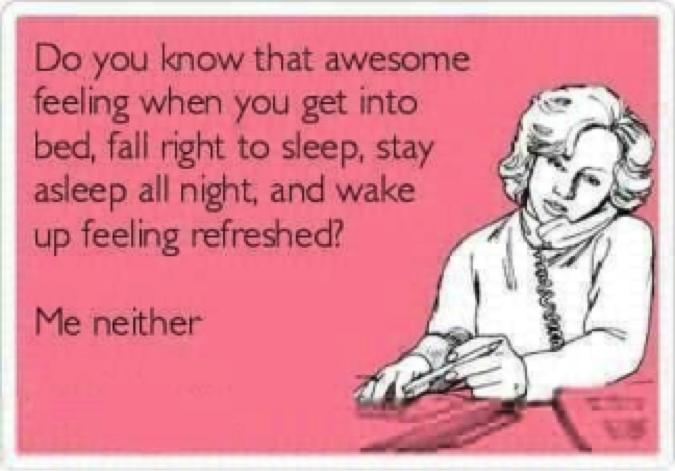 High performing teams exist when there is a high degree of mutual trust and respect. Team members need to believe in each other’s abilities and fight to draw out the best in everyone on the team. All members need to know that they belong.
But what happens if there’s someone on the team that you just don’t like? Maybe the person is too abrasive, too blunt. Or maybe it’s the opposite: they are too passive. In order to avoid conflict, they appear inauthentic. Or maybe they are ego-centric. Then again, maybe you can’t put your finger on why you don’t like them; you just don’t.
High performing teams exist when there is a high degree of mutual trust and respect. Team members need to believe in each other’s abilities and fight to draw out the best in everyone on the team. All members need to know that they belong.
But what happens if there’s someone on the team that you just don’t like? Maybe the person is too abrasive, too blunt. Or maybe it’s the opposite: they are too passive. In order to avoid conflict, they appear inauthentic. Or maybe they are ego-centric. Then again, maybe you can’t put your finger on why you don’t like them; you just don’t.
Whatever the reason is, you need to know that when you don’t like someone, it will affect your ability to work with them. Your degree of trust in them, your respect for them, and your belief in their abilities will all be impacted, with the result that you are not going to want to fight to draw out the best in them. Most of us want to spend as little time as possible around people we don’t like.
The good news is that you can learn to trust and respect them, and even believe in their abilities.
1. Get to the root of your reason for not liking them.
What is it about them you don’t like? List the character flaws or behaviors that really bother you.
Next ask yourself, What is it about those traits that leads you to feel that way?
Is it that you have some of those traits? Yup, ouch! If we don’t like someone, it is often because that person has traits that we see in ourselves, and don’t like. The good news on this one is that you can start turning your dislike into empathy just by realizing that the person you don’t like is a lot more like you than you thought. You have a negative trait in common, and if both are willing, you can even partner with each other to overcome it.
Is it that this person has the same traits as someone who hurt you in the past, someone whom you have never forgiven? Do you seem to keep bumping into that kind of person? If so, that could be a sign that you have never fully forgiven the person who hurt you originally. Consequently, when you meet someone with similar traits, you become defensive and over-react. The key here is to forgive fully the original person.
Or is it that you just don’t like a particular personality trait? For example, Thinkers vs Feelers. Thinkers are about truth. So they freeze their emotions in order to get to what they would consider objective reality. In the process of freezing their emotions, they can come across as cold, abrasive, and too blunt. Understandably, this can lead to conflict or disharmony. Feelers are about harmony. They hate conflict. As a result, they can appear inauthentic, or even manipulative in order to avoid disagreement and maintain harmony. But this can prevent the truth from coming out. Can you see why it would be easy to dislike someone who is the opposite of your personality bent?
2. It’s okay that you don’t like them.
I know, I know... This is not what we were taught in kindergarten. But it’s true that at the end of the day, we can work through whatever forgiveness issues we may have, we can learn to appreciate personality differences, we can even overcome our negative traits, but still not really like someone. We may have learned to tolerate them and even to see value in our differences, but we are not ready to start hanging out with them. That is okay.
The important thing is that you work through your stuff, while still showing them the dignity that all humans deserve to be shown.
In addition, if we are going to work with them we are going to have to up our trust, respect and belief in their abilities.
3. Increase your desire to trust, respect, and believe in their abilities.
If you don’t want to like them, you are not going to like them. The same is true if you don’t want to trust, respect, or believe in their abilities. Sometimes we need to list reasons why we should increase our desire for the good of the team.
You can go about this in several ways. One staple of mine is to ask a “What if” question. “What good could come if...” So in this case it is, “What good could come if I trust, respect, and believe in their abilities?” Notice I did not say what good will come. I said what good could come. Here is where you want to list as many good things as possible that could come.
If I am struggling to want something that I don’t want, and I ask a “What good could come?” question, I may come up with only 2 or 3 things, and not feel really satisfied. Try Googling “Benefits of trusting a co-worker,” and you will find more to add to the list.
You can also think of the benefits you yourself have received from trusting, or respecting, or believing in a co-worker, and add those to the list.
The idea is to come up with as many things as you can think of until you see your attitude changing to one of increased desire. Then, as that desire gets fueled, you won’t be able to stop yourself from taking action.
4. While you are working on the first three, know that you don’t have to act on what you feel towards them.
One of the things that I love about emotional intelligence training is seeing how someone learns to increase their emotional self-awareness and then learns to regulate their emotions on the fly. The confidence that comes is tremendous. You can learn to do the same.
As you learn, stay away from gossiping about them. Instead, actively find ways to help them. That will help you to change your attitude towards them.
5. Find the good in them for you and the greater whole of the team.
They are on the team for good reasons. Identify and focus on those reasons and you will find yourself able to handle the less desirable traits much better.
6. Set boundaries with clear upfront communication.
If part of why you don’t like them is that they “push your buttons,” then know that you are not their victim. You alone are responsible for your response to those buttons being pushed.
Read some blogs or books on boundaries, and learn some basic techniques for minimizing your exposure to toxic behaviors. One of the biggest ones I have learned is to use clear upfront communication, like speaking in terms of, “When you do X I feel Y.” Notice you are not telling them what to do. Instead, you are making them aware of your response to their behavior.
If they don’t want to do anything about X, then you can step it up a notch and request a change in the behavior. Or you can say “If you don’t want to stop doing X, then I am going to leave the room for a bit and consider how we can find a different way to communicate. You have a lot to offer this team and I don’t want to let my response impact the success of this project.” In other words, fully own that it is your response you're working on, and then take active steps to work on it.
7. How do those who work successfully with them interact with them?
Are there some on the team who work better than you do with the person you don’t like? If so, what are they doing that’s different? Adopting some of their techniques can be helpful.
8. Celebrate the times when they are displaying likeable behaviors.
During times that they are doing things that are much more likeable, recognize it and celebrate it. “I really love it when you do ABC." That type of emphatic acknowledgement could go a long way towards long-lasting behavioral change.
9. Radical idea #1: Choose to work on a really tough project with them.
People who work on something really tough together tend to bond better. It also helps to draw out the interpersonal dynamics more, and that forces you to deal with them more quickly since the tough project needs to be accomplished.
10. Radical idea #2: Find ways to laugh with them.
People who laugh together start to like each other more.
I remember watching a really funny movie when I lived in New York. After the lights came on and audience members made eye contact as they left the theater, it was obvious that they felt warm towards each other.
On a team, that warmth develops into a real liking of each other.
If you don’t like someone on your team, you have the choice either to be stuck with them, or to find ways to make the most of the relationship. The person you thought you never would like may become one of your closest co-workers. Stranger things have happened!
Chew On This:
- What will you do to escape the sense of being stuck with someone and, instead, make the most of the relationship?
Ryan C. Bailey is an Executive Coach who helps business leaders develop in-demand high performing teams.
*This blog is an amalgamation of a few different clients. No one single client is being singled out.


